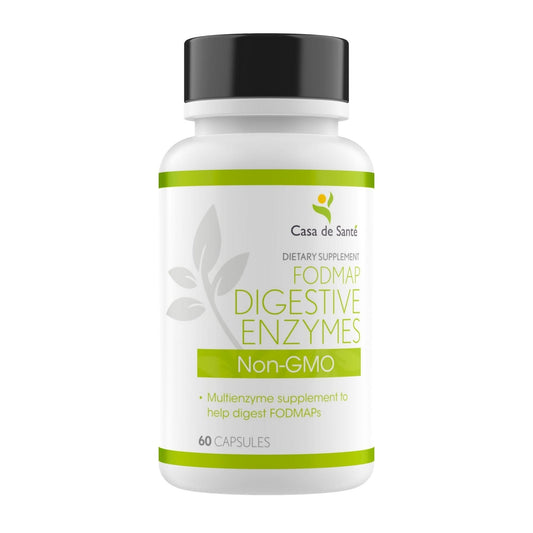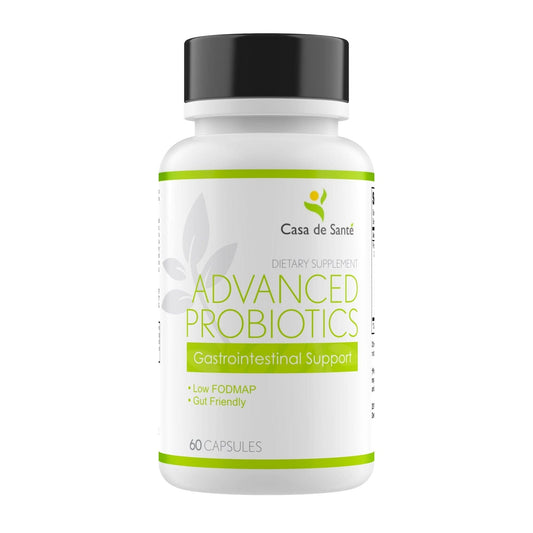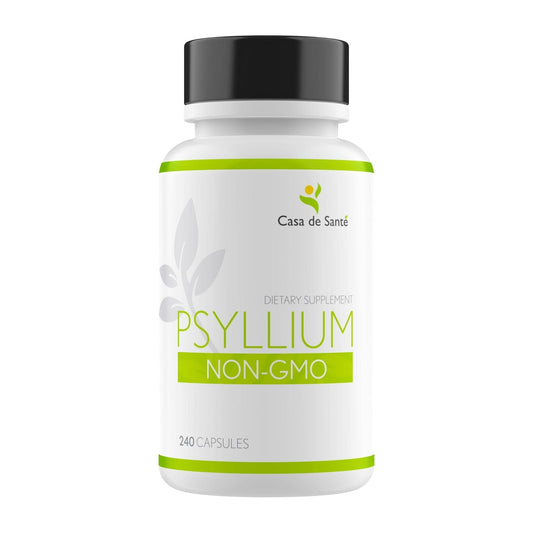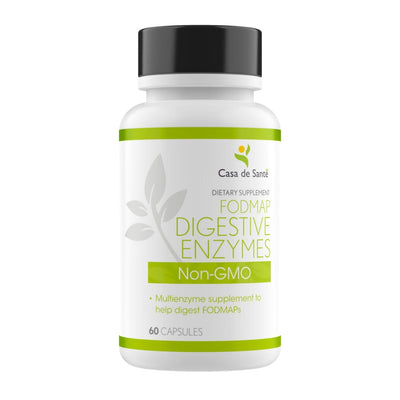The Role of Aid Enzyme in Digestive Health and Metabolism
The Role of Aid Enzyme in Digestive Health and Metabolism
Digestive enzymes are the unsung heroes of our gastrointestinal system, working tirelessly to break down the food we eat into nutrients our bodies can absorb. Among these crucial biological catalysts, aid enzymes play a particularly significant role in maintaining digestive health and supporting optimal metabolism. Despite their importance, many people remain unaware of how these specialized proteins function and the profound impact they have on overall wellbeing.
From the moment food enters our mouths to its final processing in the intestines, aid enzymes facilitate countless chemical reactions that transform complex molecules into simpler compounds. Without these enzymes, our bodies would struggle to extract the energy and building blocks needed for survival from the foods we consume. This article explores the fascinating world of aid enzymes, their functions in the digestive process, and how they influence metabolic health.
Understanding Aid Enzymes and Their Basic Functions
Aid enzymes represent a specialized category of digestive enzymes that assist in breaking down specific nutrients. Unlike primary digestive enzymes produced naturally by the pancreas and other digestive organs, aid enzymes often come from supplementary sources or are produced by beneficial bacteria in our gut microbiome. They work synergistically with our body's natural enzymes to enhance digestive efficiency and nutrient absorption.
These remarkable biological molecules function as catalysts, dramatically increasing the rate of biochemical reactions without being consumed in the process. Each aid enzyme has a unique structure that allows it to bind with specific substrates—the molecules it helps transform. This lock-and-key relationship ensures that aid enzymes target precisely the compounds they're designed to break down, whether proteins, carbohydrates, fats, or other complex nutrients.
Types of Aid Enzymes in Digestion
The digestive system employs several categories of aid enzymes, each specializing in breaking down different macronutrients. Proteolytic aid enzymes like bromelain (found in pineapple) and papain (from papaya) assist in protein digestion, breaking peptide bonds to create smaller amino acid chains. These enzymes can supplement the body's natural proteases, particularly when digestive function is compromised.
Amylolytic aid enzymes focus on carbohydrate digestion, converting complex starches and sugars into simpler forms. Alpha-galactosidase, for example, helps break down complex sugars found in beans and certain vegetables that often cause gas and bloating. Lipolytic aid enzymes target fats, breaking triglycerides into fatty acids and glycerol for easier absorption. Lactase, which breaks down lactose in dairy products, represents one of the most well-known aid enzymes, especially for those with lactose intolerance.
The Biochemical Mechanism of Enzyme Action
At the molecular level, aid enzymes work through a fascinating process. When an enzyme encounters its target substrate, it forms a temporary enzyme-substrate complex. This binding occurs at the enzyme's active site—a specialized pocket or groove that perfectly fits the substrate. Once bound, the enzyme catalyzes the necessary chemical reaction, often by lowering the activation energy required for the reaction to proceed.
After the reaction completes, the enzyme releases the transformed products and returns to its original state, ready to repeat the process with another substrate molecule. This remarkable efficiency allows a single enzyme molecule to process thousands of substrate molecules per second, making aid enzymes incredibly powerful digestive tools despite being present in relatively small quantities.
The Impact of Aid Enzymes on Digestive Health
Proper digestion forms the foundation of good health, and aid enzymes play a crucial role in maintaining digestive efficiency. When the digestive system functions optimally, nutrients are properly broken down and absorbed, waste products are efficiently eliminated, and the gut microbiome remains balanced. Aid enzymes contribute to this harmony by ensuring that food particles are thoroughly processed, preventing partially digested food from causing irritation or feeding harmful bacteria.
For many individuals, particularly those with certain digestive conditions or age-related enzyme deficiencies, aid enzymes can make a significant difference in digestive comfort. They help reduce common complaints like bloating, gas, indigestion, and that uncomfortable feeling of fullness that can persist long after eating. By supporting complete digestion, these enzymes also help prevent the accumulation of undigested food particles that might otherwise contribute to gut inflammation or microbial imbalances.
Relieving Digestive Discomfort and Symptoms
One of the most immediate benefits of adequate aid enzyme activity is the reduction of digestive discomfort. When food isn't properly broken down, it can ferment in the gut, producing gas and causing distention of the intestinal walls. Aid enzymes that target specific problematic foods—like beans, cruciferous vegetables, or dairy products—can significantly reduce these symptoms by ensuring more complete digestion before the food reaches the lower intestine where bacterial fermentation occurs.
For those with specific enzyme deficiencies, supplemental aid enzymes can be transformative. Lactase supplements allow people with lactose intolerance to enjoy dairy products without discomfort. Similarly, alpha-galactosidase supplements (commonly sold under brand names like Beano) help prevent gas and bloating from foods high in certain complex carbohydrates. These targeted enzyme supplements address specific digestive challenges that might otherwise lead people to eliminate nutritious foods from their diets.
Supporting Nutrient Absorption and Preventing Deficiencies
Beyond comfort, aid enzymes serve the critical function of enhancing nutrient bioavailability. Even the most nutrient-dense diet provides little benefit if those nutrients cannot be properly absorbed. Aid enzymes help break down food components into forms that can pass through the intestinal lining into the bloodstream, ensuring that vitamins, minerals, amino acids, and other essential nutrients reach the cells that need them.
This role becomes particularly important for individuals with compromised digestive function, such as those with pancreatic insufficiency, inflammatory bowel diseases, or age-related enzyme production decline. In these cases, aid enzymes can help prevent malnutrition and associated health problems by compensating for reduced natural enzyme activity. The difference can be subtle but significant—improved energy levels, better immune function, and enhanced overall vitality often follow improved nutrient absorption.
Aid Enzymes and Metabolic Health
The relationship between aid enzymes and metabolism extends far beyond simple digestion. Metabolism—the sum of all chemical processes that occur within the body to maintain life—depends heavily on the nutrients extracted during digestion. Aid enzymes influence this system by affecting the rate and completeness of nutrient breakdown, which in turn impacts how these nutrients are used for energy production, cellular repair, and other metabolic functions.
When digestive enzymes work efficiently, the body receives a steady, appropriate supply of glucose, amino acids, fatty acids, and micronutrients. This balanced nutrient delivery helps maintain stable blood sugar levels, supports proper hormone function, and provides consistent energy throughout the day. Conversely, poor enzyme function can lead to erratic nutrient absorption, contributing to energy fluctuations, cravings, and metabolic inefficiency.
Energy Production and Cellular Metabolism
At the cellular level, the nutrients processed by aid enzymes fuel the mitochondria—our cells' power plants. Carbohydrates broken down by amylolytic enzymes provide glucose, the body's preferred energy source. Proteins processed by proteolytic enzymes yield amino acids necessary for tissue repair and enzyme production. Fats digested by lipolytic enzymes deliver fatty acids that serve as concentrated energy sources and essential components of cell membranes.
The efficiency of this nutrient processing directly affects cellular metabolism. When aid enzymes function optimally, cells receive the right nutrients at the right time, allowing for efficient energy production with minimal waste. This cellular efficiency translates to better physical energy, improved cognitive function, and enhanced capacity for physical activity—all hallmarks of good metabolic health.
Weight Management and Metabolic Regulation
The connection between aid enzymes and weight management represents an emerging area of research. While enzymes themselves don't directly cause weight loss, they may support healthy weight management through several mechanisms. Proper digestion helps prevent the blood sugar spikes and crashes that can lead to cravings and overeating. Additionally, complete protein digestion supports lean muscle mass, which increases basal metabolic rate—the number of calories burned at rest.
Some research suggests that certain aid enzymes may help break down stored fat when used alongside appropriate diet and exercise. Lipase supplements, for instance, might enhance the body's ability to utilize fat stores for energy. However, it's important to maintain realistic expectations—enzymes complement rather than replace the fundamental principles of energy balance in weight management.
Optimizing Aid Enzyme Function in Daily Life
Given their importance to digestive and metabolic health, supporting optimal aid enzyme function makes good sense. Fortunately, several practical strategies can help maintain or enhance enzyme activity. These approaches range from dietary choices to lifestyle factors and, when appropriate, targeted supplementation.
Dietary Sources of Natural Enzymes
Many whole foods naturally contain active enzymes that can supplement our body's digestive capabilities. Raw fruits like pineapple (containing bromelain) and papaya (containing papain) provide proteolytic enzymes that aid protein digestion. Fermented foods such as sauerkraut, kimchi, and kefir deliver beneficial bacteria that produce various digestive enzymes. Sprouted grains, seeds, and legumes contain activated enzymes that make their nutrients more bioavailable.
Incorporating these enzyme-rich foods into meals can provide gentle digestive support. For instance, eating pineapple with protein-heavy meals or consuming small amounts of fermented vegetables as side dishes can introduce helpful enzymes at the point of digestion. However, it's worth noting that many food enzymes are denatured by cooking, so raw or minimally processed options provide the most enzymatic benefit.
Lifestyle Factors That Support Enzyme Production
Beyond diet, several lifestyle practices can enhance the body's natural enzyme production and efficiency. Thorough chewing stimulates the release of salivary amylase and signals the digestive system to prepare for food, optimizing enzyme secretion throughout the digestive tract. Managing stress is equally important, as the "rest and digest" parasympathetic nervous system state promotes optimal digestive function, while chronic stress can suppress enzyme production.
Regular physical activity supports metabolic health and improves circulation to digestive organs, enhancing their function. Adequate hydration ensures that digestive enzymes can work in the proper fluid environment. Even getting sufficient sleep plays a role, as the body performs much of its digestive and metabolic repair work during rest periods. These holistic approaches create conditions where both natural and supplementary aid enzymes can function at their best.
Understanding the crucial role of aid enzymes in digestive health and metabolism highlights their importance in our overall wellbeing. From breaking down food particles to supporting nutrient absorption and metabolic processes, these specialized proteins serve as key facilitators of good health. By supporting optimal enzyme function through diet, lifestyle, and appropriate supplementation when needed, we can enhance our digestive efficiency and metabolic health for greater energy, comfort, and vitality.




























